Your Child Will Learn
Using size vocabulary words to compare two different objects
Here’s What to Do
- On a walk, choose an object to focus on. It should be something there are a lot of (buildings, trees, cars, etc.). Ask your child to search for the object.
- When you see the object, look for examples in two different sizes. Show your child the two sizes (example words: big/small, tall/short, wide/narrow).
- Look for another example. Ask your child which object is big, and which is small (or tall/short, wide/narrow).
- (Optional) Keep playing with a different focus object. Or, continue this game another day!
Put PEER Into Action
PAUSE
- Find an object to begin and point together with your child to gain their attention; “Let’s start with this.”
ENGAGE
- “I’m noticing two trees right here. This one is very short. And this one is very tall!”
- “See those two buildings right there? Which one’s small? Which one’s big?”
ENCOURAGE
- “Hmmm… to me that truck looks bigger than the car driving next to us. Can you look again and tell me if you think the truck is big or small?”
- Try emphasizing the size with hand gestures or the tone of your voice (like: hold your arms out wide and say “big” very loudly).
REFLECT
- Where are some other places we might be able to look for big and small things?
Not Quite Ready
Point out big/small or tall/short items as you see them, and over time your child will develop the vocabulary to describe size.
Ready for More
Ask your child to compare the size of 3 objects in the environment
As Your Child Masters This Skill
They will use words to describe the size of two different objects.
Time to Complete
10-15 minutes
Materials Needed
None
